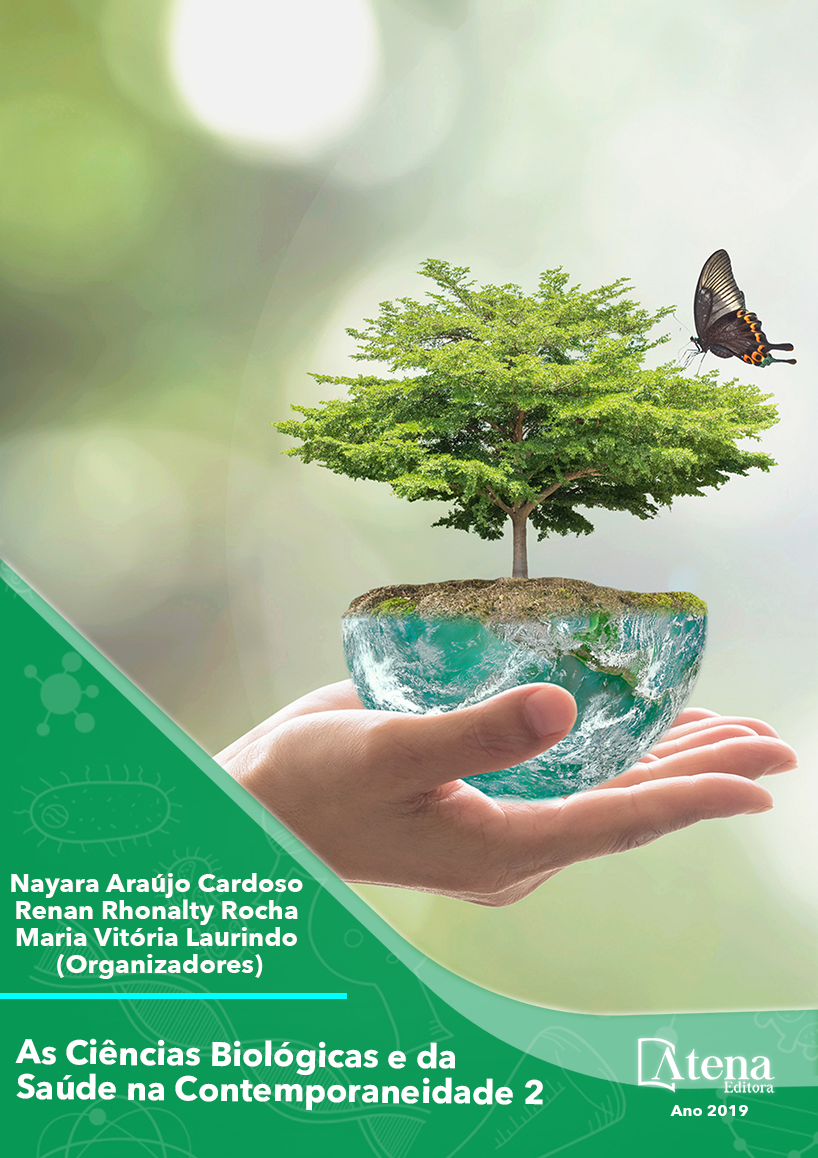
New Process for Obtaining Nanochitosan / Buriti Oil (Mauritia flexuosa) Biocomposite: A Biomaterial for Regenerative Medicine and Tissue Engineering
Atena
New Process for Obtaining Nanochitosan / Buriti Oil (Mauritia flexuosa) Biocomposite: A Biomaterial for Regenerative Medicine and Tissue Engineering
-
Palavras-chave: Atena
-
Keywords: Regenerative Medicine, Chitosan, Essential Oil, Nanotechnology
-
Abstract:
For ages, wound healing is a
big challenge for health area and scientific
community and the major goal is to develop
the most effective wound dressing to cover and
protect the injuries from external infections and
to accelerate healing process. Chitosan is the
only biopolymer positively charged in nature,
with antioxidant, antimicrobial and antifungal
properties. In nanocrystalline chitosan,
the crystallinity is reduced resulting in a
nanomaterial with reactivity and adhesiveness.
The complexation of nanochitosan with
essential oils, such as Mauritia flexuosa
(Buriti), provides a unique biomaterial with
great potential for regenerative medicine.
The objective of this work was to obtain a
biocomposite with nanochitosan and Buriti oil
through a new process, with great properties for
the health area. The process is divided into two
steps, starting with the dissolution of chitosan.
The second step comprises in the coagulation
of glucosamine molecules in a nanoparticulate
matrix, performed in aqueous medium. In the
Fourier-Transform Infrared Spectroscopy (FTIRATR)
analysis, the characteristic groups of
nanochitosan and Buriti oil were identified. The
Scanning Electron Microscopy (SEM) analysis
showed nanopolymer agglomerates, suggesting
the encapsulation of the oil by nanochitosan.
Particle Size analysis showed a slight increase
in the biocomposite compared to nanochitosan,
corroborating with the encapsulation, also
a decrease in polydispersity that promotes
a stable compound. Microbiological tests
showed greater inhibition in the biocomposite
compared to oil and polymer individually. The
final biomaterial did not show phase separation,
and intensified the expected characteristics,
confirming the potential of the biomaterial.
-
Número de páginas: 15
- Marzena Kmiec Pighinelli
- Gabrielle Zanin
- Fernando Guimarães
- Luan Rios Paz
- Renata Pospichil
- Anderson Rockenbach
- Pamela Persson
- Lucas Eduardo Lopes Machado
- Giovani André Piva
- Jader Figueiredo
- Magda Comoretto Gall
- Luciano Pighinelli
- Júlia Silveira Broquá


